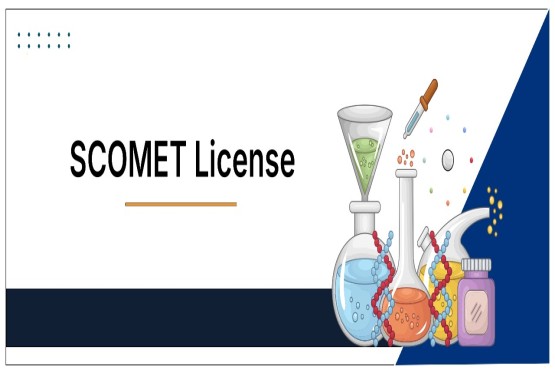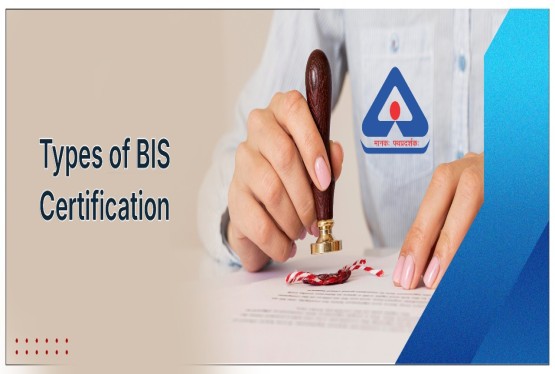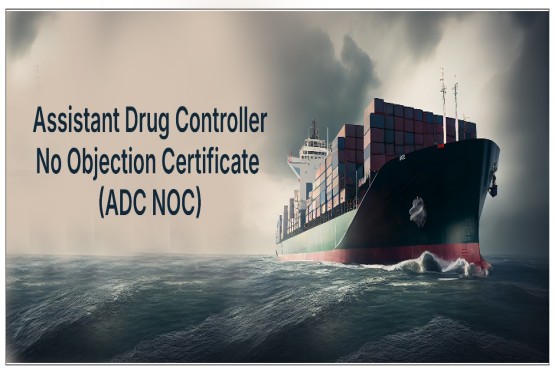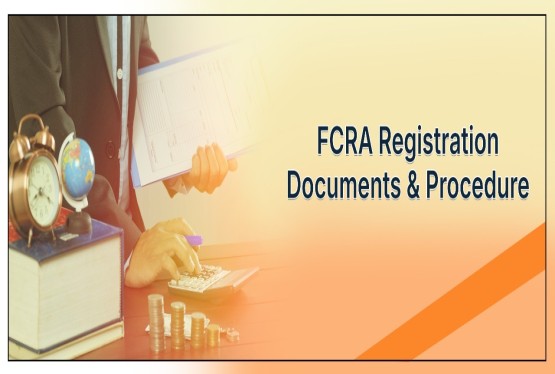India, with its fast-growing healthcare sector, has established strong regulations to ensure the safety, efficacy, and quality of medical devices. In this context, the classification of medical devices as "notified" or "non-notified" holds significant importance. The Central Drugs Standard Control Organization (CDSCO) plays an important role in the regulation of medical devices in India. Knowing the differences between notified and non-notified medical devices is important for manufacturers, regulatory bodies, and healthcare professionals to ensure compliance with the regulations set forth by the Government of India. This article aims to provide an in-depth analysis of the difference between notified and non-notified medical devices, the regulatory framework under which these devices operate, the classification of notified medical devices, and the documentation and licensing requirements for newly notified devices.
What is CDSCO?
The Central Drugs Standard Control Organization (CDSCO), under the Ministry of Health and Family Welfare, Government of India, is the national regulatory authority responsible for the regulation of drugs, cosmetics, and medical devices. It ensures that the medical devices in India conform to internationally accepted standards of safety, quality, and performance. The CDSCO is empowered to regulate, control, and monitor the manufacturing, import, and distribution of medical devices in India. In line with the growing demand for medical devices in India, the CDSCO has defined two categories of medical devices: Notified Medical Devices and Non-Notified Medical Devices.
Notified vs. Non-Notified Medical Devices: Comparison Table
The distinction between notified and non-notified medical devices is essential for understanding their regulatory pathways, classification, licensing, and market entry in India. The following table outlines the differences between these two categories:
| Aspect | Notified Medical Devices | Non-Notified Medical Devices |
| Definition | Medical devices that are specifically notified by the Government of India and regulated under the Drugs and Cosmetics Act, 1940 and the Medical Devices Rules, 2017. | Medical devices that are not notified by the Government and do not fall under the purview of the Drugs and Cosmetics Act or Medical Devices Rules. |
| Regulatory Authorities | CDSCO, under the Ministry of Health and Family Welfare, is responsible for regulating notified medical devices. | CDSCO does not regulate non-notified medical devices unless they fall under other regulatory bodies like the Consumer Protection Act. |
| Examples | Cardiac stents, orthopedic implants, dialysis machines, etc. | Non-invasive devices such as thermometers, wheelchairs, and other low-risk devices. |
| Regulatory Process | These devices require specific approval and licensing before they can be manufactured, imported, or sold in India. | Non-notified devices are generally exempt from rigorous regulatory approval but may still need to comply with basic quality standards. |
| Classification | Notified devices are classified based on their risk level, intended use, and duration of contact with the human body. | Non-notified devices are not subject to the same classification system but may be categorized based on industry standards. |
| Licensing Requirement | Notified medical devices require an import license or manufacturing license from CDSCO. |
Non-notified devices generally do not require a license unless they fall under specific consumer safety laws. |
| Market Entry Barriers | High regulatory barriers due to the strict compliance with CDSCO guidelines and documentation requirements | Lower barriers to market entry, but companies must still adhere to general safety standards. |
India’s Medical Device Regulations for Notified and Non-Notified Medical Devices
India's regulatory framework for medical devices has undergone significant transformation with the introduction of the Medical Devices Rules, 2017. The rules specifically outline the requirements for notified medical devices, covering their approval, classification, licensing, and post-market surveillance. In contrast, non-notified medical devices operate under more generalized standards and may be governed by broader safety and quality laws.
Regulatory Framework for Notified Medical Devices:
-
Medical Devices Rules, 2017: These rules regulate the manufacture, sale, import, and distribution of medical devices in India. Notified medical devices are subject to stringent regulations under these rules.
-
Risk-based Classification: The Medical Devices Rules classify devices based on their risk profile, ranging from Class A (low risk) to Class D (high risk). Notified devices such as cardiac stents, orthopedic implants, and defibrillators are classified under higher-risk categories and require more detailed scrutiny.
-
Approval Process: Manufacturers or importers of notified medical devices must submit an application for registration with CDSCO, including the required technical documents, clinical trial data (if applicable), and compliance with national and international standards.
-
Post-Market Surveillance: Notified medical devices undergo periodic inspections, testing, and monitoring to ensure continued compliance with safety standards. Additionally, manufacturers must report any adverse events or device malfunctions to CDSCO.
Regulatory Framework for Non-Notified Medical Devices:
-
Consumer Protection Act, 1986: Non-notified medical devices generally fall under consumer protection laws, requiring them to be safe for use and free from defects. However, they do not need to meet the stringent requirements that apply to notified devices.
-
Other Standards: Non-notified devices may still need to adhere to quality certifications such as ISO 13485 (Quality Management System for Medical Devices) or BIS (Bureau of Indian Standards) certification for product safety, depending on the device’s nature.
-
Lack of Direct Regulatory Oversight: While the CDSCO may regulate non-notified devices in cases where safety issues arise, they do not have a structured regulatory pathway for most non-notified devices. The regulatory approach is less stringent compared to notified devices.
Classification of Notified Medical Devices
As mentioned earlier, notified medical devices are classified based on their risk level, intended use, and duration of contact with the human body. This classification is crucial as it determines the level of regulatory scrutiny, documentation, and approval process required for the device. The classification of notified medical devices is as follows:
| Class | Risk Level | Examples | Regulatory Requirements |
| Class A | Low Risk | Bandages, surgical drapes, thermometers, stethoscopes | Minimal regulatory oversight, basic safety standards must be met. |
| Class B | Low to Moderate Risk | Dental materials, disposable syringes, wound care products | Requires a limited approval process and quality compliance certification. |
| Class C | Moderate Risk | Cardiac stents, infusion pumps, blood bags | Detailed documentation and clinical trials required for approval. |
| Class D | High Risk | Implantable devices, defibrillators, pacemakers | Comprehensive documentation, rigorous clinical trials, and post-market surveillance required. |
Documents Required for Newly Notified Devices
For manufacturers and importers of newly notified medical devices, the following documents are generally required to initiate the regulatory process with CDSCO:
-
Application Form: A duly filled application form for device registration.
-
Product Specifications: Detailed technical specifications, including the design and materials used.
-
Clinical Trial Data: If applicable, clinical trial data that supports the device’s safety and efficacy.
-
ISO 13485 Certification: Proof of compliance with quality management standards.
-
Testing Reports: Results from pre-market testing, including biocompatibility, electrical safety, and performance evaluations.
-
Labeling Information: Clear and accurate labeling, including warnings, usage instructions, and storage conditions.
-
CE or FDA Certification: If available, certificates of compliance with international regulatory bodies such as the European Union (CE) or the United States Food and Drug Administration (FDA).
Initiating Licensing Activities: When Should They Be Started?
The licensing process for notified medical devices in India must be initiated well in advance of market entry. It is advisable for manufacturers and importers to start the licensing process at least 12-18 months before the intended date of market launch. The approval process can be lengthy due to the need for rigorous testing, clinical trials, and compliance checks.
For newly notified devices, the manufacturer should submit all required documentation to CDSCO, and once the registration is granted, they may proceed with the manufacturing, importation, and distribution of the device in India.
Conclusion
The distinction between notified and non-notified medical devices is central to India’s regulatory framework for medical devices. Notified devices are subject to detailed and stringent regulations under the Medical Devices Rules, 2017, due to their higher risk and potential impact on patient safety. Non-notified devices, in contrast, face fewer regulatory requirements but must still meet basic safety and quality standards. The role of CDSCO is pivotal in ensuring that notified medical devices meet internationally accepted safety and performance standards, providing assurance to healthcare providers and patients.
Frequently Asked Questions (FAQs)
- What is the significance of classifying medical devices as "notified" or "non-notified" in India?
Answer: The classification of medical devices as "notified" or "non-notified" in India holds significant importance because it dictates their regulatory pathways, classification, licensing requirements, and ultimately, their market entry process. Understanding this distinction is crucial for manufacturers, regulatory bodies, and healthcare professionals to ensure compliance with the regulations set forth by the Government of India.
- What is the Central Drugs Standard Control Organization (CDSCO) and what is its role in the context of medical devices in India?
Answer: The Central Drugs Standard Control Organization (CDSCO), operating under the Ministry of Health and Family Welfare, is the national regulatory authority in India responsible for the regulation of drugs, cosmetics, and medical devices. Its role is to ensure that medical devices in India conform to internationally accepted standards of safety, quality, and performance. The CDSCO is empowered to regulate, control, and monitor the manufacturing, import, and distribution of medical devices in India.
- According to the article, what is the fundamental difference in the definition between "notified medical devices" and "non-notified medical devices"?
Answer: According to the article, notified medical devices are defined as medical devices that are specifically notified by the Government of India and are regulated under the Drugs and Cosmetics Act, 1940 and the Medical Devices Rules, 2017. In contrast, non-notified medical devices are defined as medical devices that are not notified by the Government and do not fall under the purview of the Drugs and Cosmetics Act or Medical Devices Rules.
- What are the key regulatory implications that arise from a medical device being classified as "notified" versus "non-notified" in India?
Answer: The classification as "notified" or "non-notified" determines the specific regulatory pathways, classification procedures, licensing requirements, and market entry procedures that manufacturers must follow. Notified medical devices are subject to stricter regulatory oversight under the Drugs and Cosmetics Act and Medical Devices Rules, while non-notified devices fall outside this specific regulatory framework.
- Why is it important for stakeholders in the healthcare sector to understand the difference between notified and non-notified medical devices in India?
Answer: Understanding the difference between notified and non-notified medical devices is critical for various stakeholders. For manufacturers, it dictates the compliance requirements and market access strategies. For regulatory bodies, it guides their oversight and enforcement activities. For healthcare professionals, it ensures they are using devices that meet the appropriate regulatory standards, ultimately impacting the safety, efficacy, and quality of medical devices available in the Indian healthcare sector.












































































_crop10_thumb.jpg)







_Rules,_2025_learn_crop10_thumb.jpg)























































































_crop10_thumb.jpg)








 in BIS FMCS_learn_crop10_thumb.jpg)










_crop10_thumb.jpg)





